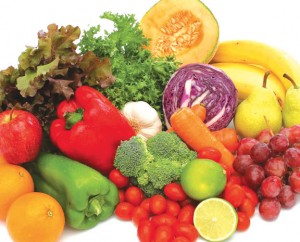 The science of Chinese nutrition dates back some 6000 years and is based on the idea that the healing properties of foods can correct disharmonies within the body and promote health.
The science of Chinese nutrition dates back some 6000 years and is based on the idea that the healing properties of foods can correct disharmonies within the body and promote health.
These properties are: temperature (hot/cold/warm); taste (sweet, sour, bitter, salty, pungent or bland); drying or lubricating; and the energetic action as a result of specific food consumption. For example, foods that are pungent/spicy can make one perspire and open the pores, moving heat from the inside to outside. Foods that are bitter/cold can cause the opposite.
Western nutrition deals with the mechanical and biochemical, measuring units of protein, carbs, fats, vitamins and minerals. Chinese nutrition seeks to create balance –to warm cold or cool heat, dry dampness or lubricate dryness, calm nerves or excite the lethargic.
In traditional Chinese Medicine (TCM) the world, including the body’s functions, is seen in terms of the opposing, complementary forces of yin and yang . Typical symptoms of hot or excessive yang could include red complexion, sweats, nervousness, aggression, dry mouth, thirst, dark urine and constipation. Yin foods like grapefruits, apples, cucumber, watermelon, barley, spinach, eggplant, radishes and strawberries, help to cool these symptoms. One should try to avoid hot, spicy warming foods, which raise metabolism.
Symptoms of the cold or excessive yin type include paleness, coldness, low energy, fatigue, loose stools, excessive sleep, feeble weak voice, lack of appetite , clear urine and edema. The patient’s diet should incorporate garlic, ginger, green onions, black beans, sesame seeds, chicken, coconut, coriander, fennel and cinnamon–avoiding too many cold yin foods and drinks as they lower metabolism.
Most of us are a combination of yin and yang. You can make a checklist to see where your preponderance lies and try to balance yourself through the foods you eat for optimum wellness. The color of the food also plays a role in Chinese nutrition. White foods like radish, pears, white mushrooms, white fish and white rice are considered to nourish the lungs and large intestine. Black, dark foods like eggplant, black beans, black mushrooms, and blueberries nourish the kidneys and bladder; green foods like leafy vegetables, cucumbers, green peppers and peas nourish the liver and gallbladder. Red foods like beets, tomatoes, red meat and kidney beans nourish the heart and small intestine. Yellow or orange foods such as squash, pumpkin, yams, lemons and bananas, nourish the spleen and stomach.
In accordance to the laws of Chinese nutrition, a healthy person should follow the seasonal guidelines to prevent illness or to harmonize the body. Nature has the perfect plan in providing the appropriate foods for the season. We are influenced directly and indirectly by changes in weather and need to make corresponding nutritional responses.
In the spring and summer nourish yang, with onions, leeks, leafy greens, sprouts, yams, dates, cilantro, melons and mushrooms and add liquid, sugar, honey, or fruit. Nourish yin in winter with nuts, asparagus, root vegetables, grains, meats, vinegar and wine and add heat, time, pressure, and salt while cooking. Eat locally, as these foods are adapted to the same environment as the one in which you live.
In TCM, food is also medicine and many herbal formulas contain food elements. As an example, spring allergies can be treated with beet top tea, and headaches may be alleviated by drinking chrysanthemum tea and eating green onions, ginger, garlic and black mushrooms.
Proper nutrition is essential in TCM. Balance the properties of the various foods, along with the season and area in which they are grown, for achieving and maintaining good health.
Diane Sheppard is a licensed acupuncturist with a Ph.D. in Oriental Medicine. Dr. Sheppard trained in both China and the U.S and is now a staff practitioner at Eisenhower Wellness Institute. She can be reached at AcQPoint Wellness Center in La Quinta. 760-775-7900 www.AcQPoint.com





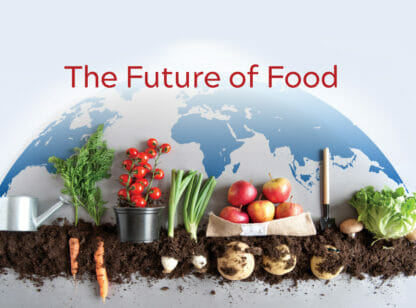
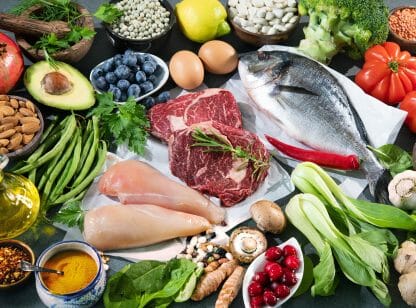
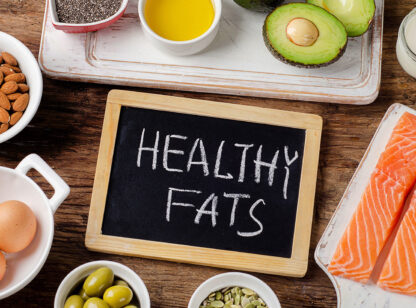

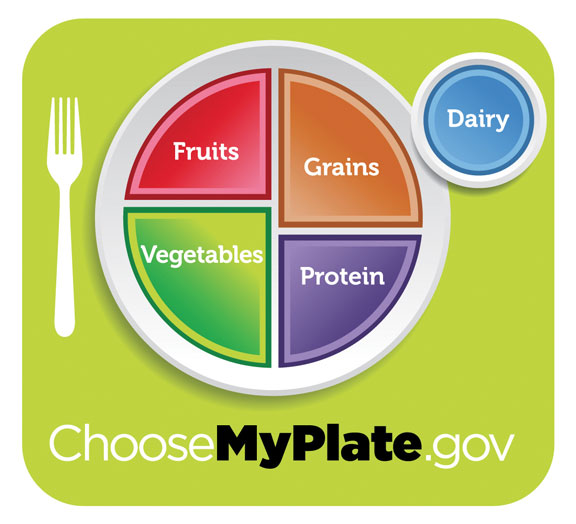

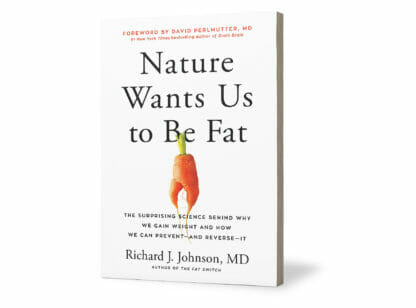



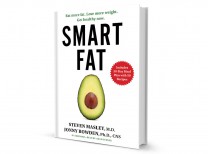

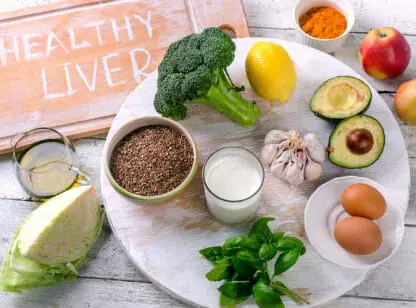


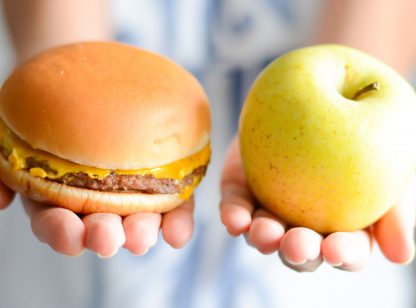




























Comments (0)